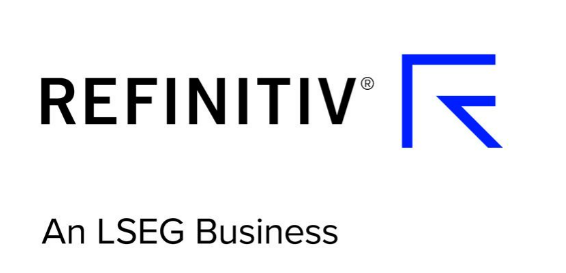
Source: Sharecast
The decline across several major markets contrasted with Wall Street’s gains, where the S&P 500 and Nasdaq Composite closed at fresh record highs.
“A global stock rally that lasted for seven days stalled in Asia due to uncertainty regarding the Federal Reserve's plans for rate cuts, which dampened investors' risk appetite,” said TickMill market strategy partner Patrick Munnelly.
“The MSCI All Country World Index declined, marking the end of the longest winning streak for Asian stocks since January.
“The dollar increased following president Donald Trump's remarks that there was no need to dismiss Federal Reserve chair Jerome Powell.”
Munnelly noted that US Treasury yields remained steady after two days of decline, adding that the strong US employment data released overnight weakened the likelihood of interest rate cuts by the Fed.
“While traders do not expect a rate reduction in the upcoming Fed meeting next week, projections for cuts later this year have been reduced to fewer than two after data indicated a sixth consecutive week of falling jobless claims.
“Trading desks at companies like Goldman Sachs and Citadel are advising clients to purchase inexpensive hedges against potential losses in US stocks as various risks threaten the market's record growth.
“Wall Street's so-called fear gauge, the VIX, is at its lowest point since February, and the S&P 500 Index has increased by 28% since 8 April.”
Most markets fall after days of gains
In Japan, the Nikkei 225 fell 0.84% to 41,473.50, while the Topix lost 0.86% to 2,951.86.
Weakness in chemical and automotive stocks weighed heavily, with Shin-Etsu Chemical dropping 9.45%, Mitsubishi Motors down 7.87%, and Mazda Motor falling 6.56%.
Chinese equities also retreated, with the Shanghai Composite down 0.33% at 3,593.66 and the Shenzhen Component slipping 0.22% to 11,168.14.
Huaxin Cement, Sobute New Materials, and Eurocrane China each tumbled 10%.
Hong Kong’s Hang Seng Index shed 1.09% to 25,388.35, dragged lower by Kuaishou Technology, which lost 4.86%, New Oriental Education and Tech, down 3.36%, and Meituan, which fell 3.2%.
South Korea’s Kospi 100 edged up 0.19% to 3,218.36, supported by sharp gains in KakaoPay, which jumped 10.71%, alongside LG Display up 9% and Hyundai Heavy Industries rising 8.08%.
In Australia, the S&P/ASX 200 slipped 0.49% to 8,666.90, with declines led by Champion Iron, AMP, and Resolute Mining, which fell 4.94%, 4.79%, and 3.79% respectively.
Across the Tasman Sea, New Zealand’s S&P/NZX 50 advanced 0.38% to 12,853.46, bolstered by Infratil up 2.32%, Skellerup Holdings gaining 2.27%, and Synlait Milk adding 1.56%.
In currency markets, the dollar was last up 0.59% on the yen to trade at JPY 147.88, while it gained 0.4% against the Aussie to AUD 1.5234, and advanced 0.38% on the Kiwi to change hands at NZD 1.6650.
Oil prices moved higher, with Brent crude futures last up 0.19% on ICE at $69.31 per barrel, and the NYMEX quote for West Texas Intermediate ahead 0.21% at $66.17.
Tokyo inflation slows in July, India confident in stroking US trade deal
In economic news, inflation in Tokyo slowed in July, with consumer prices rising 2.9% year-on-year compared with 3.1% in June.
Core inflation, which excludes fresh food prices, also eased to 2.9% from 3.1%, undershooting the 3% forecast in a Reuters poll.
Tokyo’s figures are closely watched as a key indicator of nationwide price trends and suggested a modest cooling in inflationary pressures.
The Bank of Japan was still expected to continue its gradual policy tightening.
HSBC said in a note on Friday that it anticipated a 25-basis-point rate hike in October, which would bring the policy rate to 0.75%.
“In our view, this early trade deal - announced well before the 1 August reciprocal tariff deadline - could put the BoJ’s path towards monetary policy normalization firmly back on track,” the bank’s analysts wrote, according to CNBC.
For now, HSBC said it expected the central bank to hold rates steady at 0.5% and indicated that the upcoming outlook report will be closely scrutinised for the BoJ’s view on growth and inflation.
In trade news, India signalled confidence in its ongoing negotiations with the United States.
Commerce and industry minister Piyush Goyal said New Delhi expected to secure “preferential” tariffs that would be more favourable than those granted to its economic rivals.
Goyal, who played a key role in the UK-India trade agreement, emphasised India’s determination to leverage its growing economic influence in talks with Washington.
Reporting by Josh White for Sharecast.com.


